Tarot for Beginners: How to Start
How to read tarot cards? For beginners it can be completely overwhelming – or it can be a fun and rewarding experience…
You may be intrigued by tarot for different reasons: the ability to think creatively about some problem, or just the fun of exploring it’s mystic and the cards’ beautiful images. And now your intrigue has you looking for where to start… I’ll help you to begin your mystical journey of tarot.
First you need to know the basic concepts of tarot. Tarot is very old, so there are many variants. Typically there are 78 cards, which contain four suits, like ordinary playing cards, these cards are called Minor Arcana, plus 22 additional cards called Major Arcana. To read the cards, first you form a question. Then pick the cards in a layout, called a spread; from there you interpret the cards.
So far, so good, but what are the Major Arcana cards?
The Major Arcana cards depict big lessons in life, and the milestones we all experience while we explore both ourselves, and the external world. This makes these the most important cards in the deck.
Okay, so it is understandable why the Major Arcana cards are so important.
And what about the Minor Arcana?
Each card, even the ordinary cards, has a specific meaning. There are four suits, most commonly Wands, Cups, Swords, and Pentacles. Each suit represents concerns with different aspects of our lives, such as: creativity and passion, emotions, intellect, and material matters. The cards of each suit form a “progression” of every day matters concerning particular suit, 1 (Ace) being a beginning and 10 representing a conclusion of the suit. Each suit also has four Court cards: a Page, a Knight, a Queen, and a King. Court cards have more of a “human” nature; they represent certain human qualities, or can even represent an actual person.
So is it human qualities or an actual person?
So Each Tarot Card Actually Represents… What?
The important thing you have to understand is that tarot cards ALWAYS represent certain qualities. Each card depicts a certain event or situation in life. With all it’s aspects, both positive and negative. So your intuition always picks up the message that’s most related to a problem you are reading for.
That’s how the tarot works.
(Btw you can check specific meanings of each card later, in the cards section.)
So when you pick a court card in a reading YOU are the one who will often feel sure it is about a certain person and not just about abstract qualities. The reading works like this: you pick a card, and you often get a reaction to the card or to some detail depicted on the card. This is how you know what to focus on, by using intuitive associations that spring up seemingly out of the blue. In fact, your intuition is telling you what is important here; your subconscious is sending you a message to pay attention to something.
Of course, you have to choose the appropriate card layout (called a “spread”) for a main question of the reading.
Which Spread You Should Use?
The spread you pick needs to be relevant to the problem you are reading, in order to the “positions” in the spread to make sense. Each spread has several “positions” that you pick a card for. When you are beginning, choose one of several simple spreads to avoid jumping back and forth among the meaning of each card, and from the meaning of each position in the spread to the reading itself. The best spreads to learn the cards are: “card of the day” spread, it is just a single card; and “past-present-future” spread, it is three cards so it’s a “real” spread but simple enough for learning purposes.
The spreads – including these two – are explained in the spreads section, you will check them later on.
And How Do You Choose Your Tarot Deck?
To start you need to choose a tarot deck. When choosing a tarot deck, be sure you choose one you like and enjoy the pictures. Also choose cards that have as many details in the images as possible, this triggers your intuition and helps you learn how to read the card meanings easier. Stick with a deck that is based on a Rider-Waite deck, which most tarot materials are. Look for decks that include a book, this will help your learning immensely.
Have fun on this journey; you never know where the path leads. One thing I am sure of, you will have fun!
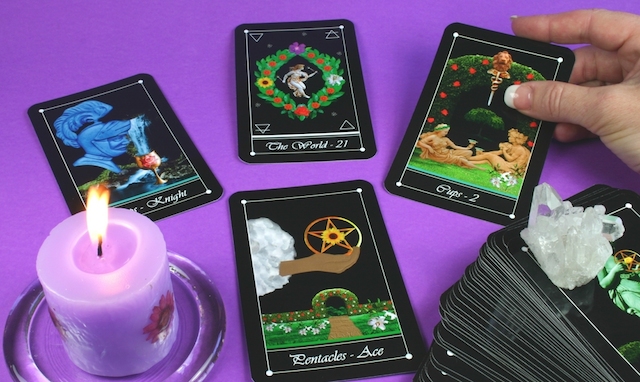

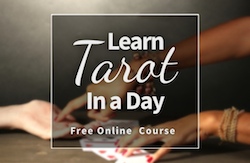
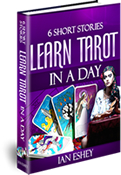
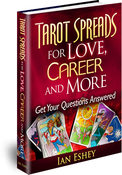
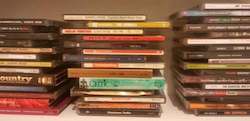
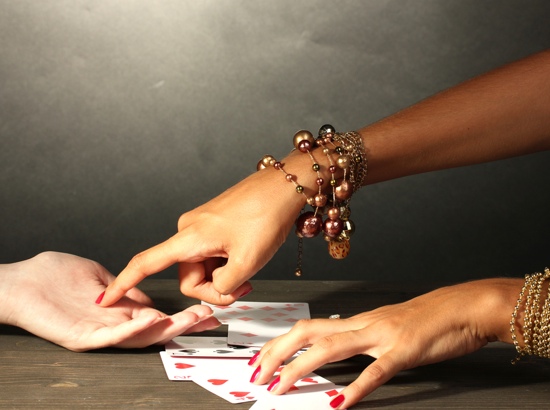
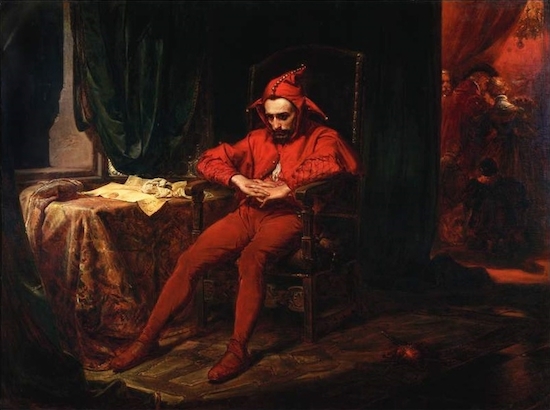

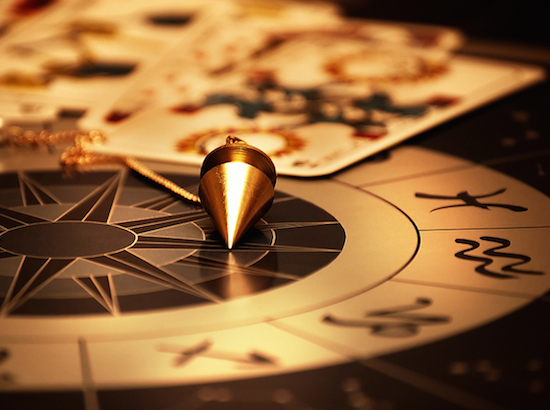
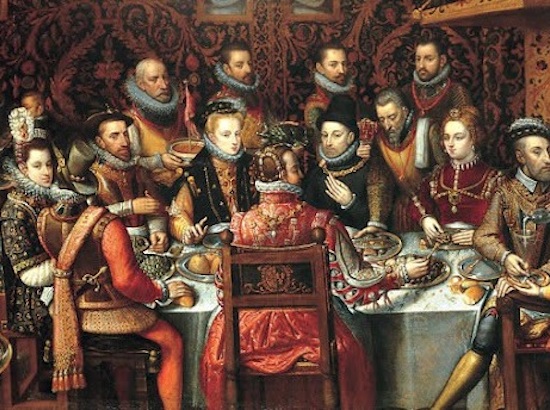

Leave a Reply